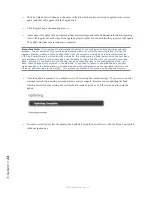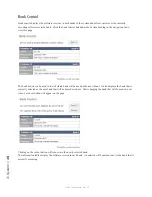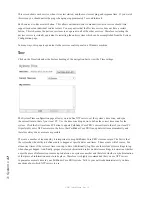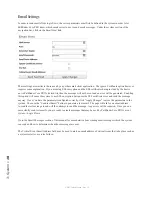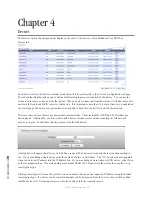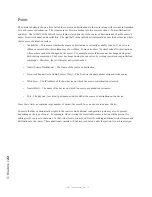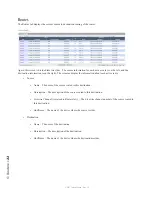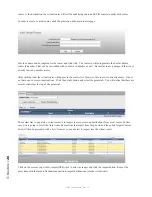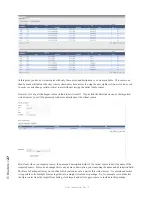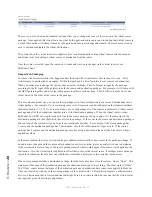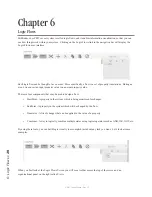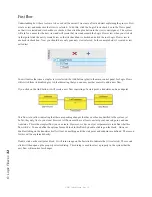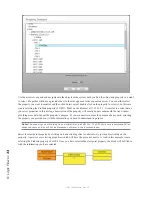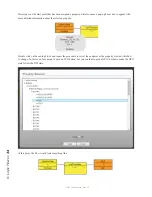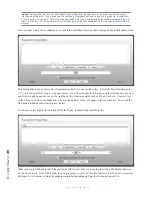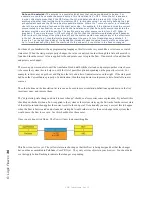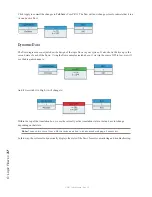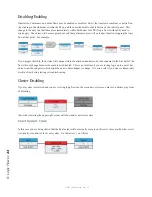
5: R
ou
te
rs
• 28
© 2017 Telos Alliance - Rev 1.2
The move up, move down and renumber buttons allow you to change the order of the sources in the virtual source
package. Once applied this virtual source now has both a gpio and audio source and so routing that virtual source to
a virtual destination will attempt to make both a gpio and audio route change underneath. The same process can be
used to edit and manipulate the virtual destinations.
The points tab on the virtual router also supplies a plus icon for manually adding virtual sources and destinations
and minus icons for deleting a virtual source or destination from the router.
Once the router is created, open the routes tab to make and view route changes on the virtual router or use
PathfinderClient.
Deeper Tech: Packaging
For those who are interested in what happens under the hood with virtual routers, this section is for you. Every
virtual source or destination is a package. Within that package is a list of pointers to real sources or destinations.
When you make a route change, the system does a number of things. First it attempts to organize the package
according to the IO types of the pointers in both the source and destination package. For example, it will lump all of
the GPIO points together and all of the Audio points together in each package. Then it will try to make one to one
routes based on the order of the routes in the package.
This also means another way you can use these packages is to lump multiple Audio sources and destinations into a
single package. For example, if you were using some sort of immersive sound configuration that required multiple
channels of audio (7.1, 22.2) to be routed at once, you could package all of the sources together into a virtual source
package and all of the destinations together into a virtual destination package. When the virtual route is made,
Pathfinder Core PRO will step through each line in the source package and try to apply it to the same line in the
destination package in the order which they exist in the package. If the count in the source and destination packages
does not match, the system will go as far as it can creating the matches. For example, if the source package has
1 source and the destination package has 2 destinations, only the first destination will get a route. If the source
package has 2 sources and the destination package only has a single destination then only the first source will get
applied anywhere.
In the same fashion, the state of virtual routes gets updated automatically as base routes in the packages change. If
an audio route changes and the source and/or destination exists in a virtual router, an analysis is done to determine
if the current route states of any of the source packages match what would happen if the source were applied to the
destination. If so, the virtual route is updated to reflect that source as the current route. If multiple source packages
match the destination, then the first one with the most matches is displayed as the currently routed source.
If no source package matches a destination package, then the route may have two other states. One is “None”. This
state means that none of the destination package’s destinations are assigned to anything. The other state is “Other”.
The “Other” source means that some of the destination package’s destinations have some route applied to them but
it does not match up with any of the source packages in the virtual router. This explicitly displays a differentiation
between a destination that is cleared and one that might be in use in some fashion, but not one that the virtual router
can represent given its existing configuration.

